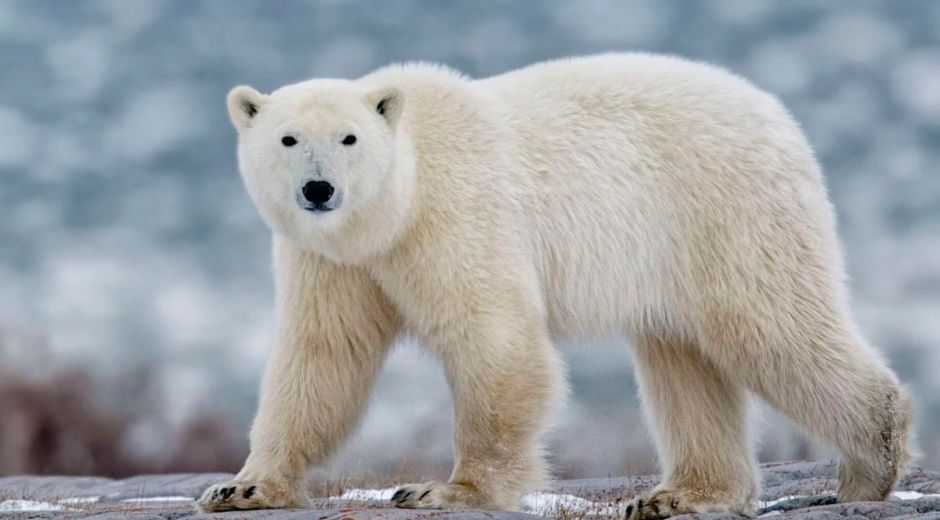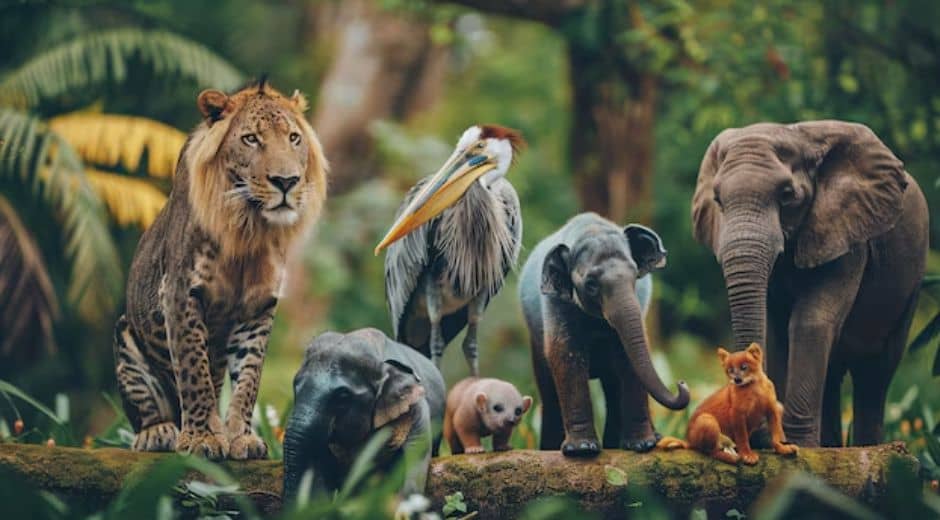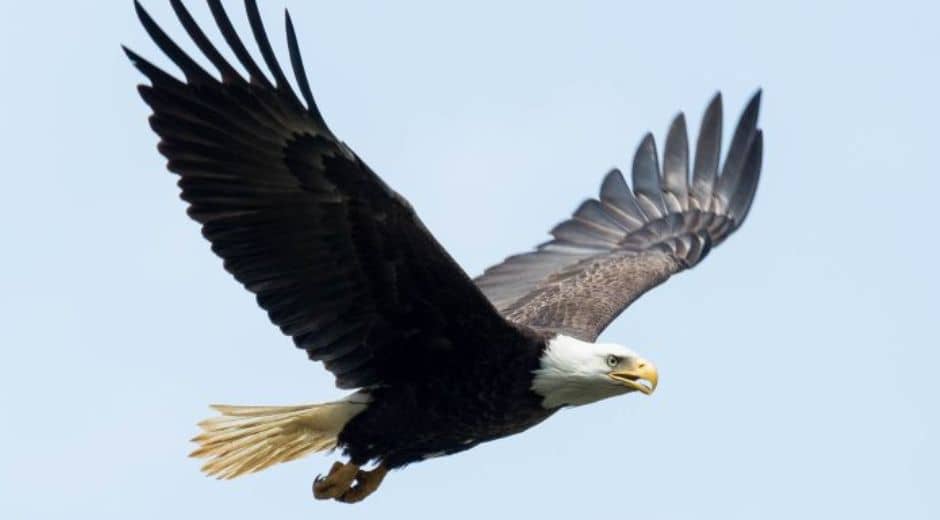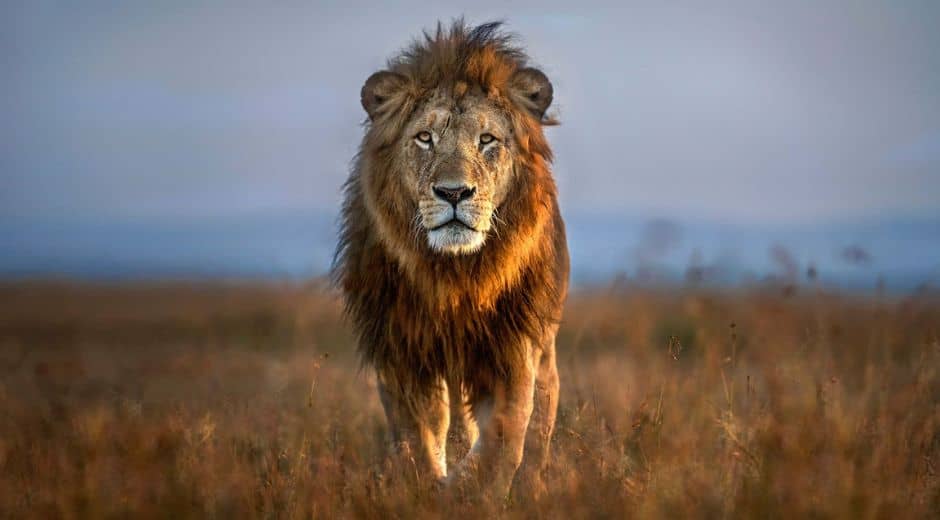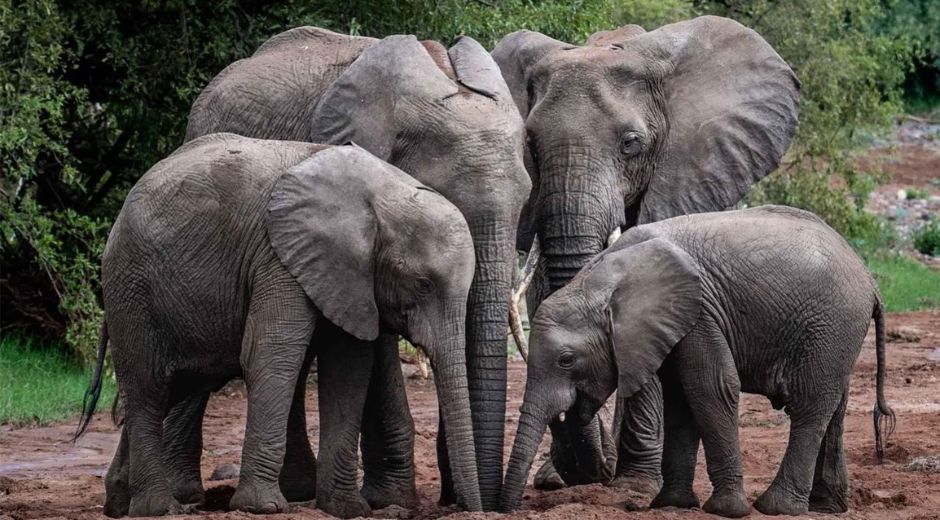Polar Bear: 7 Incredible Insights Into Nature’s White Giant
Polar Bear: 7 Incredible Insights Into Nature’s White Giant
The Polar Bear is more than just a symbol of the Arctic—it’s a testament to resilience, adaptation, and the raw beauty of the natural world. These magnificent creatures have fascinated scientists, explorers, and wildlife enthusiasts for centuries. Here, we delve into 7 incredible insights about this majestic predator, revealing the secrets of its survival, behavior, and role in one of the harshest environments on Earth.
1. Masters of the Ice
The Polar Bear is perfectly adapted to life on sea ice. Its large paws act like snowshoes, distributing weight to prevent sinking into soft snow, while rough pads provide traction on slippery surfaces. Their thick fur, coupled with a dense layer of fat, keeps them warm in temperatures that can plummet below -40°C. This combination of physical traits allows them to roam vast expanses of the Arctic, hunting seals and navigating the ever-changing ice landscape with remarkable skill.
2. Apex Predators of the Arctic
As apex predators, Polar Bears sit at the top of the Arctic food chain. They primarily hunt seals, using stealth, patience, and the element of surprise to catch their prey. Unlike most predators, Polar Bears can survive months without eating if necessary, relying on stored fat reserves to endure lean periods. This extraordinary hunting ability has helped them thrive in an environment where survival requires both cunning and endurance.
3. Solitary but Social
Though often seen alone, Polar Bears display fascinating social behaviors during mating season and at rich hunting grounds. Cubs usually stay with their mothers for up to two years, learning essential survival skills. Mothers are protective, teaching cubs to swim, hunt, and navigate ice floes. Interestingly, adult bears may tolerate one another’s presence temporarily at abundant food sources, showing a surprising level of social flexibility in a species often considered solitary.
4. Incredible Swimming Abilities
One of the most striking features of the Polar Bear is its swimming endurance. These bears are capable of swimming for hours over open water, covering distances of up to 100 km (62 miles) in search of food or ice floes. Their partially webbed front paws act as powerful paddles, while their strong hind legs steer. This remarkable aquatic ability allows them to survive in an environment dominated by sea ice and frozen waters, demonstrating their incredible versatility.
5. Climate Change Challenges
The Polar Bear is highly sensitive to climate change, with melting sea ice threatening its hunting grounds. As ice recedes, bears are forced to swim longer distances and hunt on land, where food is scarce. Some researchers have observed unusual behaviors, such as scavenging near human settlements. Protecting their habitat is crucial not just for Polar Bears but for the entire Arctic ecosystem. For more research on conservation and Arctic species, you can check out Zoopora, which provides insights into wildlife protection and environmental efforts worldwide.
6. Remarkable Sense of Smell
A Polar Bear’s sense of smell is legendary. They can detect seals nearly a mile away and beneath several feet of compacted snow. This incredible olfactory skill is essential for locating prey and navigating their frozen environment. Scientists often marvel at how a creature so large can move silently and rely on scent rather than sight to hunt effectively, highlighting the extraordinary adaptation of Polar Bears to Arctic life.
7. Cultural and Symbolic Significance
Beyond biology, the Polar Bear holds a special place in human culture. Indigenous Arctic peoples have long revered the bear as a symbol of strength, endurance, and survival. In modern times, the Polar Bear has become an icon for climate awareness, representing the fragility of Arctic ecosystems. Their charisma and power continue to inspire conservation campaigns, documentaries, and wildlife enthusiasts around the globe.
Conclusion
Polar Bears are more than just magnificent predators—they are a living testament to adaptation, resilience, and the delicate balance of Arctic life. By understanding these 7 incredible insights, we gain a deeper appreciation for their role in nature and the challenges they face. To explore more wildlife wonders and conservation stories, visit our Wildlife Section to continue your journey through the fascinating world of nature.
Nature Inspires Every Step

How Tundra Wildlife Survives Extreme Arctic Conditions
How Tundra Wildlife Survives Extreme Arctic Conditions

Life Above the Trees: Exploring the Rainforest Canopy
Life Above the Trees: Exploring the Rainforest Canopy
